Nestled between northeastern Italy and southwestern Slovenia lies one of Europe’s most fascinating natural borders – the Carso (or Karst) plateau. During my recent visit to this captivating region, I was struck by how this limestone landscape creates not just a physical boundary between countries, but a unique ecological and cultural crossroads.
The Carso region spans the border between Italy’s Friuli Venezia Giulia and Slovenia. It offers visitors a remarkable blend of Mediterranean and Alpine influences within its nature reserves and wildflower-dotted landscapes.
Walking along the trails that crisscross this karst terrain, I discovered caves, unusual rock formations, and diverse plant life that thrive in this distinctive environment. The contrast between the rugged plateau and the nearby Adriatic coastline creates a stunning visual experience.
This border zone tells many stories – of changing political boundaries, shared cultural heritage, and resilient natural beauty. From the historical trails near San Michele del Carso to the renowned wine regions of Collio, exploring the Carso offers a perfect blend of outdoor adventure, culinary delights, and cross-cultural experiences that few travelers discover. The natural reserves here preserve not just biodiversity but also a sense of wilderness that’s increasingly rare in Europe.
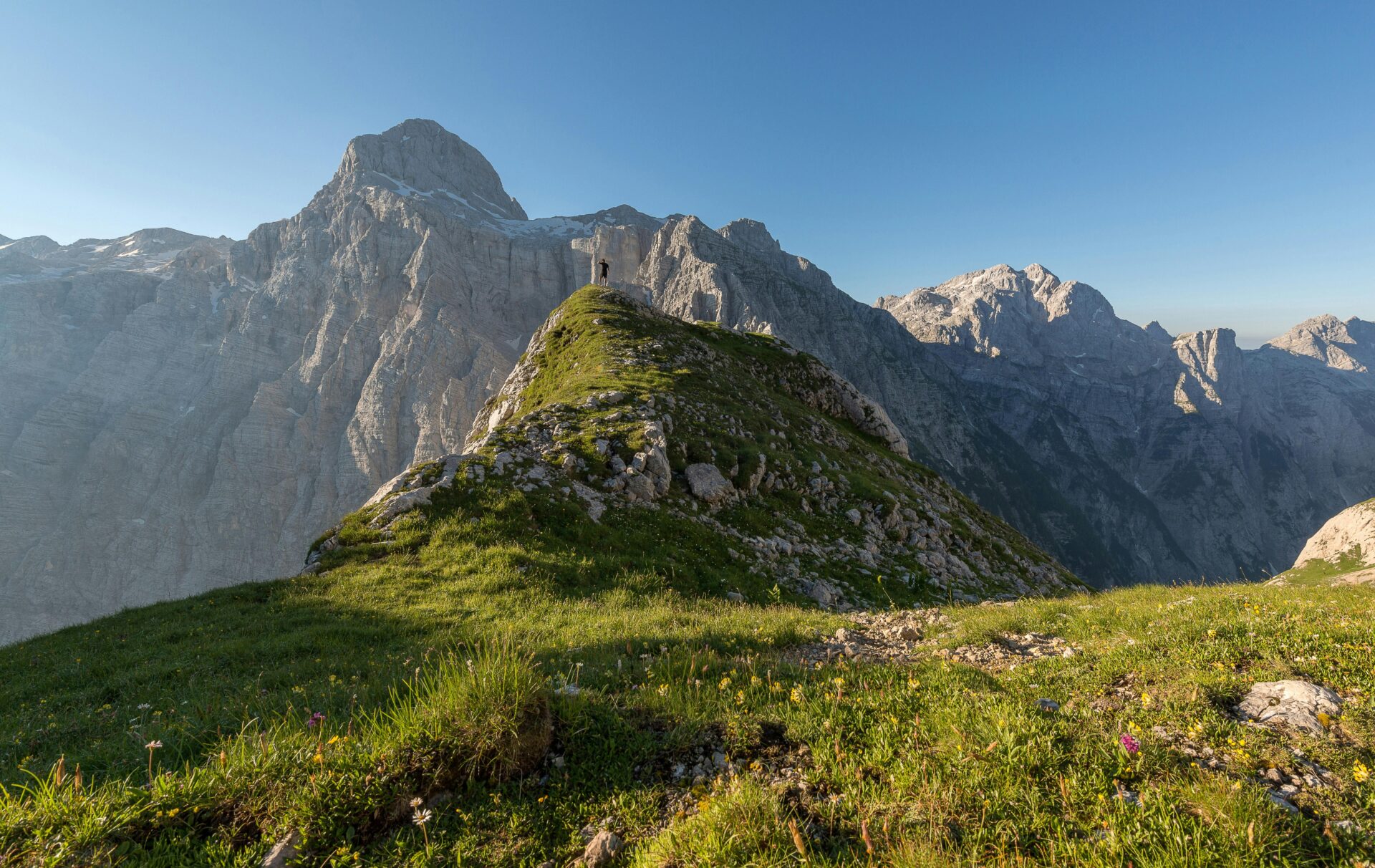
The Karst Region: Unraveling Earth’s Geology
The Karst region between Italy and Slovenia showcases some of Earth’s most fascinating geological formations. This limestone plateau has given its name to karst topography worldwide, characterized by distinctive surface and underground features shaped by water’s persistent action on soluble rock.
Formation and Features of the Karst Plateau
The Karst Plateau (Kras in Slovene, Carso in Italian) stretches across the border between northeastern Italy and southwestern Slovenia. It formed over millions of years as rainwater, slightly acidic from atmospheric carbon dioxide, slowly dissolved the limestone bedrock.
Walking across this plateau, I’m always struck by its rocky landscape. Large areas appear barren with exposed limestone surfaces riddled with cracks and depressions. These features, called karren, create a unique terrain that seems almost otherworldly.
The plateau sits between the Vipava Valley and the coastal lowlands near Trieste. Its elevation varies but generally rises about 200-500 meters above sea level. The limestone here dates primarily from the Cretaceous period, roughly 100 million years ago.
What makes this region special is how water disappears underground rather than forming surface streams. This creates a complex drainage system beneath our feet.
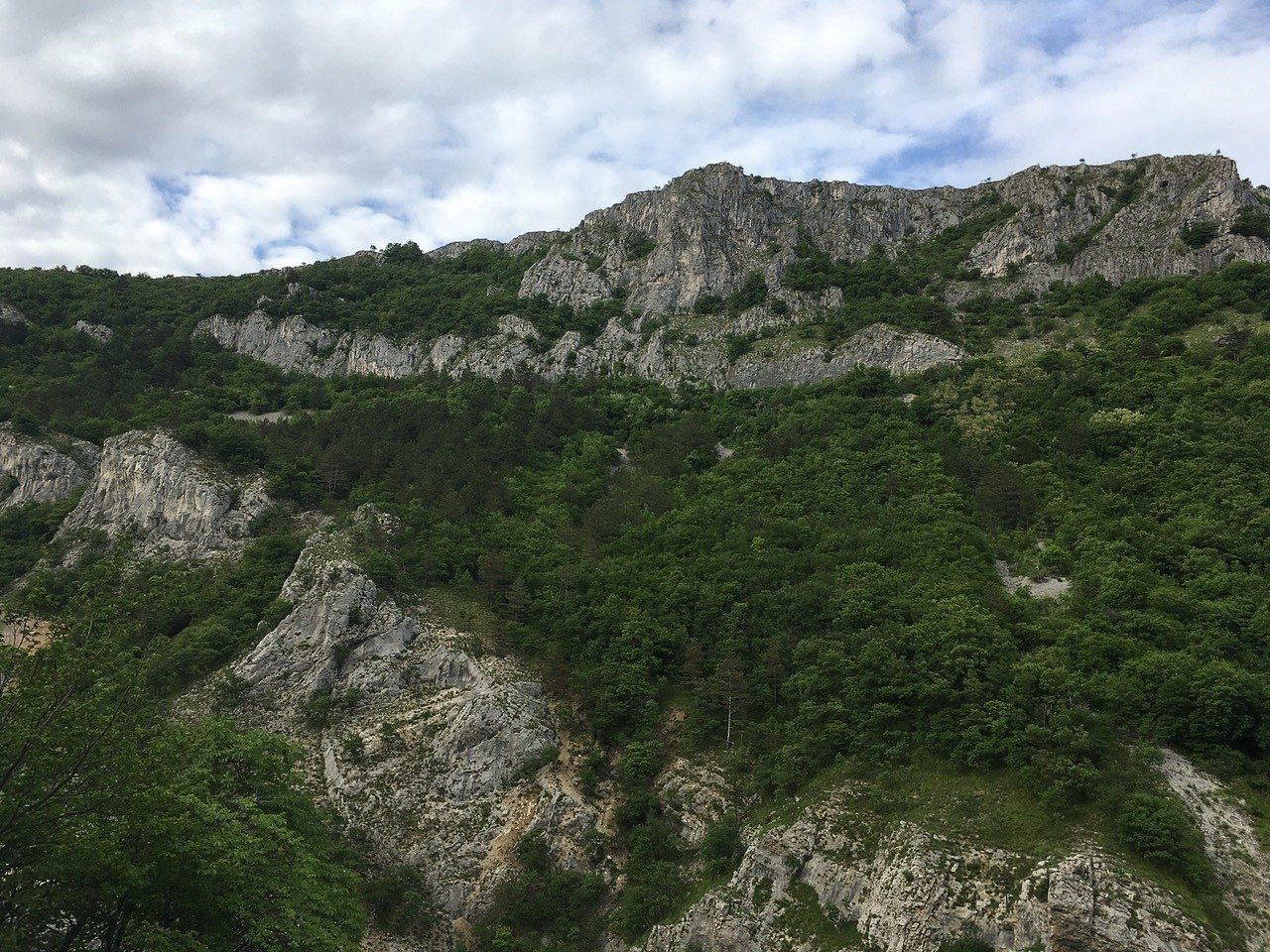
Caves and Sinkholes: Exploring the Subterranean Network
The Karst region boasts an extensive network of caves and sinkholes that I find absolutely mesmerizing. These underground wonders form when rainwater seeps through cracks in the limestone, gradually widening them into larger spaces.
Some of the caves here feature stunning stalactites and stalagmites. These form incredibly slowly as water deposits tiny amounts of calcium carbonate, drop by drop, over thousands of years.
Sinkholes, locally called dolines, dot the landscape like giant natural bowls. They form when underground cavities collapse. Many contain rich soil at their bottoms, creating small oases of vegetation in the otherwise rocky terrain.
The cave systems here can be extensive. Some feature underground rivers that emerge miles away as springs. I’ve explored several, and the constant 12°C temperature provides welcome relief during hot summer days.
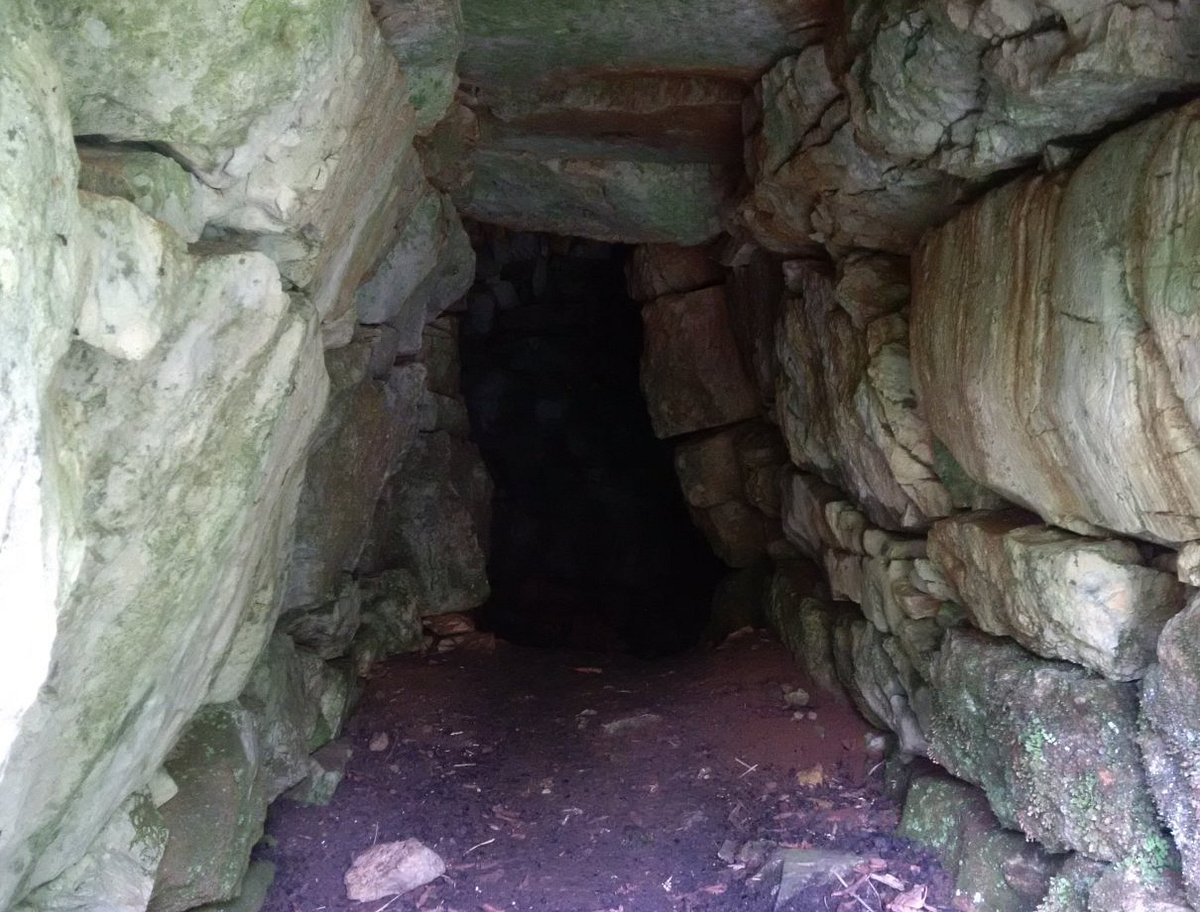
The Unique Climate of Carso: Influences of the Adriatic and the Bora Winds
The climate of the Karst region is shaped by its position between the Adriatic Sea and the continental interior. This creates a fascinating blend of Mediterranean and continental influences that impacts both the landscape and local life.
The most notorious weather phenomenon I’ve experienced here is the Bora wind. This cold, dry wind can reach hurricane-force speeds as it funnels down from the mountains toward the Adriatic. It typically blows from the northeast, especially during winter months.
The Adriatic Sea moderates temperatures, particularly in areas closer to the coast. Summers are generally warm and dry, while winters remain relatively mild compared to inland areas.
This climate has helped shape the karst landscape over millennia. The seasonal rainfall patterns influence the rate of limestone dissolution, while the Bora wind contributes to soil erosion, further exposing the rocky surface.

The Fusion of Cultures: Slovenian and Italian Heritage
The Carso region stands as a living testament to centuries of cultural exchange between Slovenian and Italian traditions. Walking through this karst landscape, I’ve witnessed how language, cuisine, and architecture blend seamlessly across what once were rigid borders.
Trieste: A Cultural Hub on the Edge of the Carso
Trieste captivates me with its unique cultural mosaic. The city’s Habsburg architecture sits alongside Slovenian-influenced neighborhoods, creating a visual dialogue between empires past.
When I visit Caffè San Marco, I hear conversations flowing between Italian, Slovenian, and the local Triestine dialect. This linguistic blend reflects the city’s position as a crossroads.
The cuisine here tells the same story – jota, a hearty bean and sauerkraut soup, draws from both traditions. I’ve found that local festivals like the Festa di San Giusto (November 3) offer the perfect opportunity to experience how these cultures intertwine in contemporary celebrations.
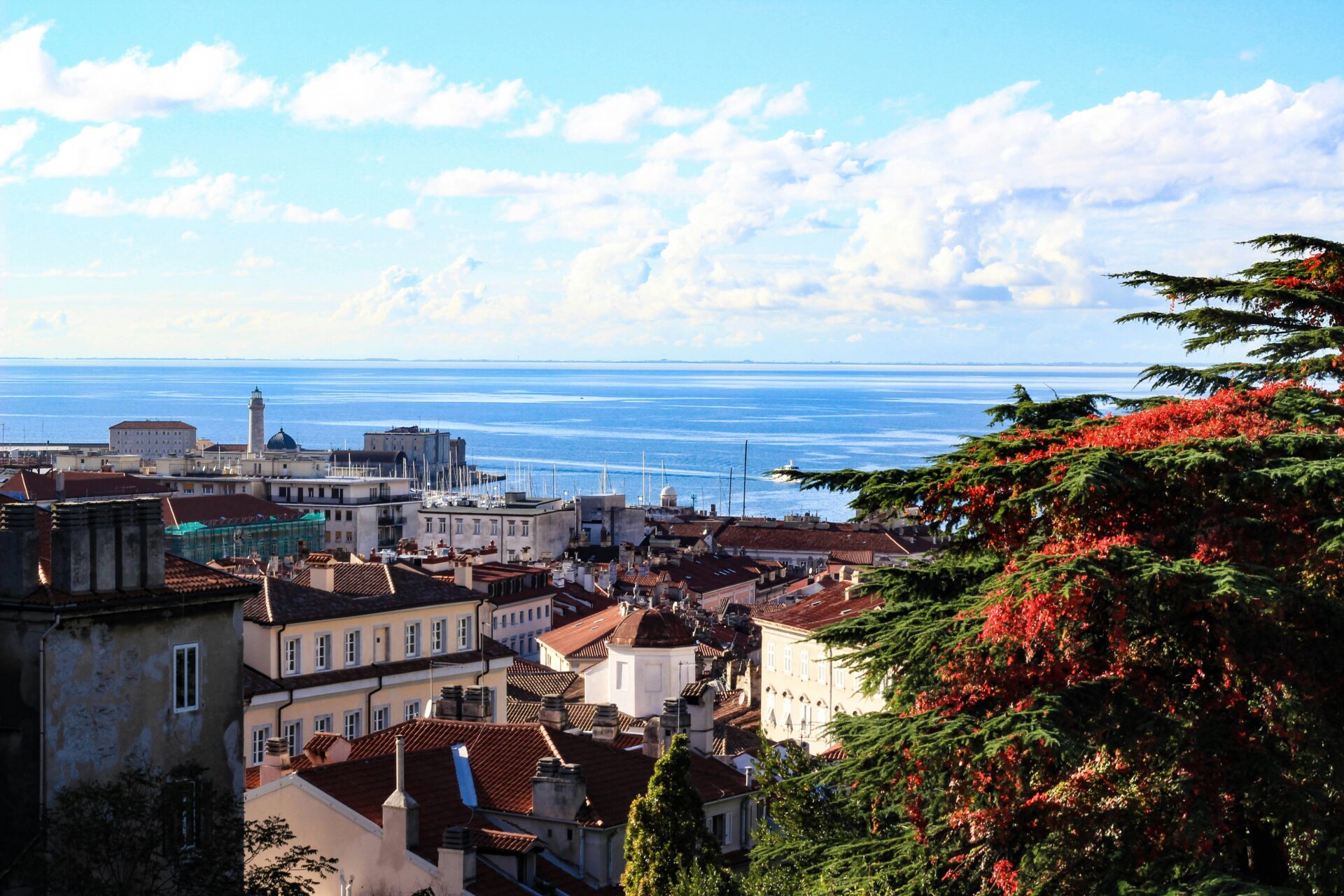
Gorizia and Gradisca: Gateways to the Historical Region
The twin cities of Gorizia (Italy) and Nova Gorica (Slovenia) exemplify the region’s blended heritage in remarkable ways. Since becoming the joint European Capital of Culture for 2025, I’ve seen unprecedented cooperation across what was once a divisive border.
Walking through Transalpina Square, I can stand with one foot in each country – a powerful symbol of unity that was impossible during the Cold War era. The medieval castle of Gorizia offers panoramic views of both towns.
The local wine culture connects these communities, with vineyards sprawling across national boundaries. I particularly recommend trying the Collio/Brda wines, produced in adjacent Italian and Slovenian territories but sharing identical terroir and winemaking traditions.

Flavors of the Frontier: Local Gastronomy and Wine
The Carso region straddling Italy and Slovenia offers a unique gastronomic experience shaped by its cross-border heritage. Here, food and wine tell stories of cultural exchange, revealing flavors that have evolved through centuries of shared history.
Osmiza Traditions and Local Food Delights
When wandering through the Carso countryside, I discovered the charming tradition of osmizas – temporary taverns where local farmers sell their homemade products directly to visitors. These rustic spots are marked simply by branches hanging outside farmhouse doors.
Inside, I enjoyed platters of locally-cured meats like prosciutto and pancetta alongside fresh cheeses. The regional specialty brovada caught my attention – fermented purple-top turnips with a distinctive tangy flavor that pairs wonderfully with hearty meat dishes.
The frontier influence is evident in every bite. Sauerkraut appears frequently on Triestine menus, while across the border, similar fermentation techniques create slightly different flavor profiles. Many dishes incorporate herbs foraged from the limestone plateau, giving them a unique aromatic quality.

Prosecco to Teran: A Journey Through Wine Varietals
The wine landscape of the Carso region is as diverse as its cultural heritage. I found the soil particularly fascinating – the rocky limestone terrain forces vines to struggle, producing wines with remarkable minerality and character.
Malvasia stands out among white varieties, offering floral notes and herbaceous qualities that perfectly complement seafood from the nearby Adriatic. When exploring smaller wineries, I discovered how traditional methods produce these fresh, distinctive whites.
The real revelation was Terrano (part of the Refosco family), creating vibrant red wines with bright acidity and hints of red berries. This variety thrives in the iron-rich “terra rossa” soil unique to the region.
Many wineries embrace natural winemaking approaches, letting the border-straddling terroir speak through minimal intervention techniques. The result? Wines that truly express this fascinating cultural crossroads.
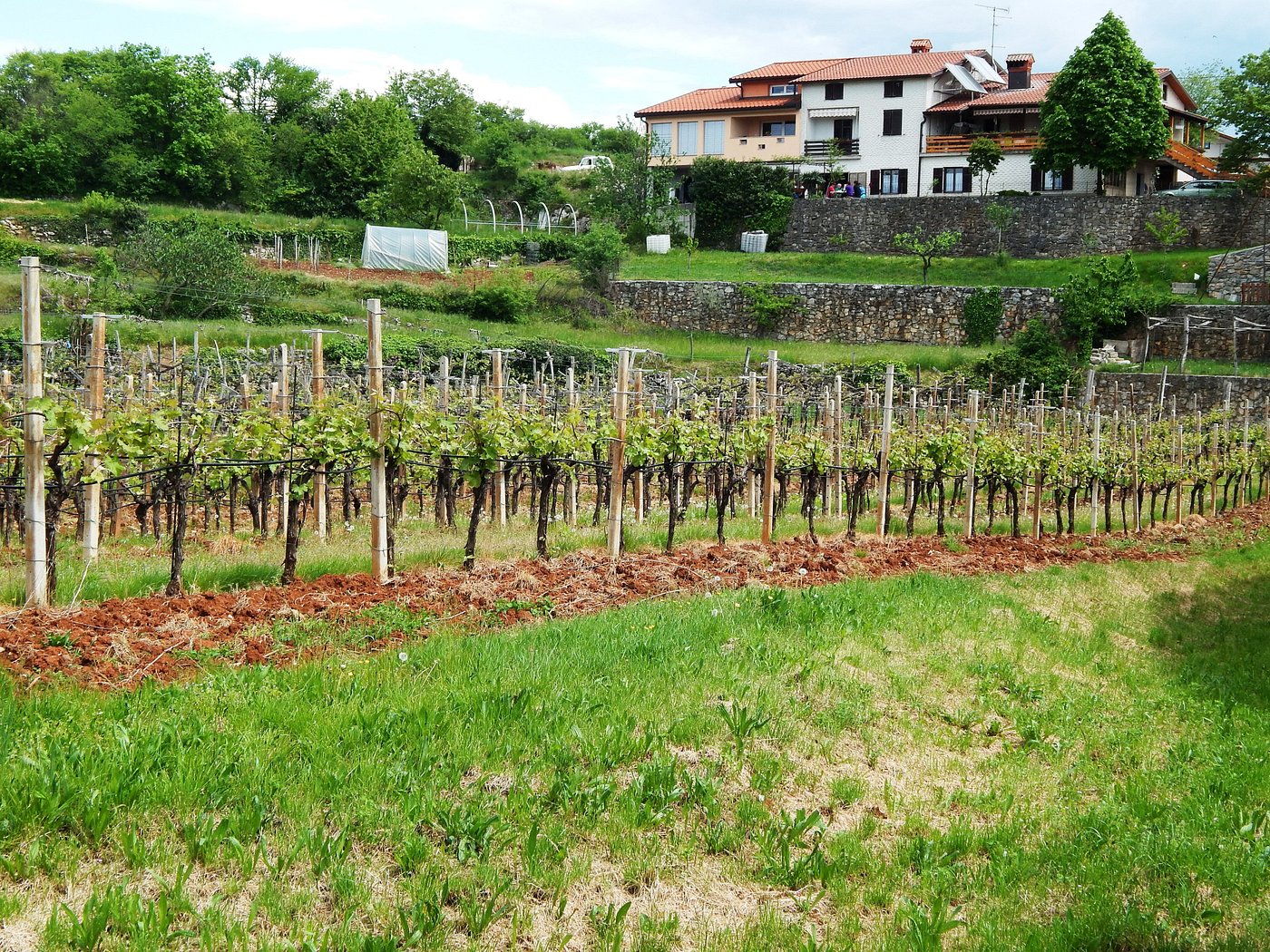
Natural Wonders and Landscapes of the Carso
The Carso region, straddling the border between Italy and Slovenia, offers a stunning array of natural features shaped by millennia of geological processes. This limestone plateau contains unique topography, diverse plant life, and some of Europe’s most spectacular cave systems.
Karst Topography: A Window into Past Environments
Walking through the Carso, I’m always struck by the dramatic limestone landscape that defines this region. The plateau is dotted with sinkholes, disappearing streams, and unusual rock formations that give it an almost otherworldly feel.
The term “karst” itself derives from this region—Kras in Slovenian, Carso in Italian—and has become the global scientific term for this type of landscape. Water has slowly dissolved the limestone over thousands of years, creating a complex underground network of caves and passages.
The Škocjan Caves, a UNESCO World Heritage Site, showcase the power of this water erosion with massive chambers and underground rivers. I’ve found that visiting in spring or fall offers the best views when seasonal rains bring the underground rivers to life.
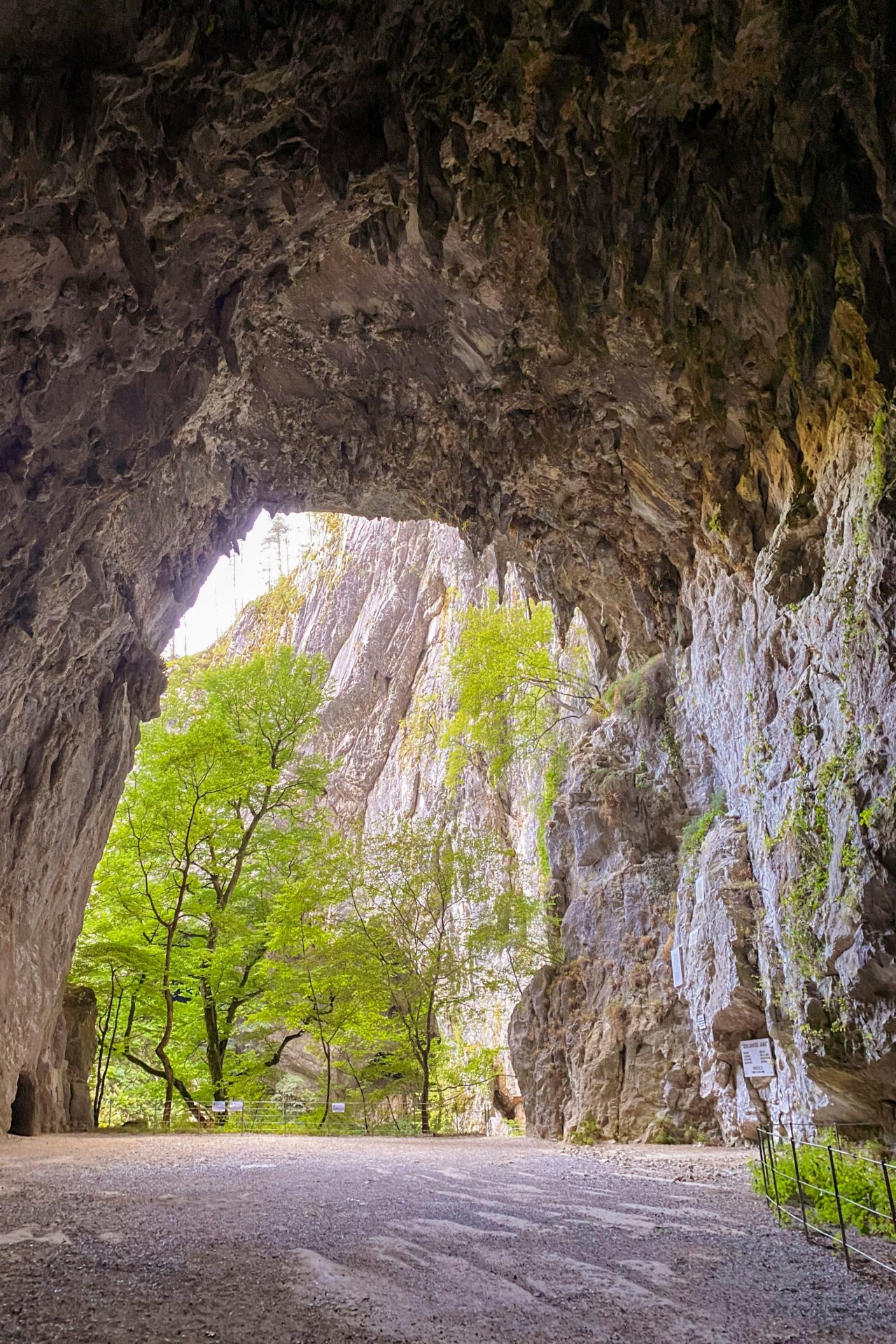
Blooms and Biota: The Carso’s Vibrant Vegetation and Flowers
Spring transforms the seemingly harsh Carso into a wildflower paradise. The limestone soil creates perfect conditions for diverse plant species that have adapted to the rocky terrain and extreme temperature variations.
I’ve counted dozens of orchid species during my hikes in April and May, when the plateau erupts in color. The region’s five natural reserves protect this botanical diversity, where Mediterranean and Alpine plant communities meet in a unique ecological crossroads.
The area’s flora includes:
- Rare orchid species
- Mediterranean herbs like sage and thyme
- Hardy wildflowers that thrive in rocky conditions
- Drought-resistant shrubs and small trees
The best way to experience this floral display is along the many hiking trails that crisscross the plateau. Early morning walks reward you with dewdrops on petals and the sweet scent of wild herbs warmed by the rising sun.
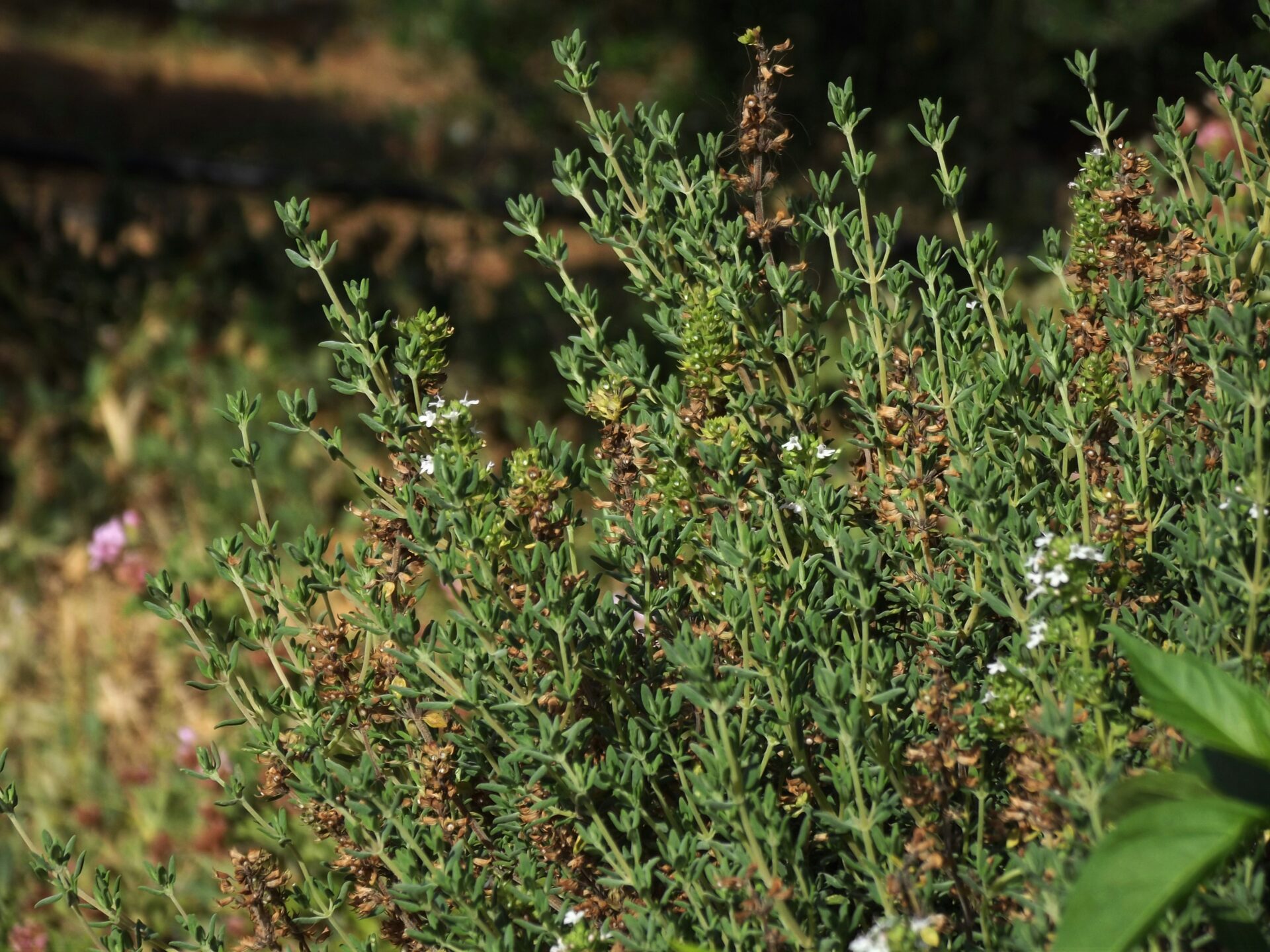
Adventures Across Borders: Itineraries and Excursions
The border region between Italy and Slovenia offers incredible opportunities for adventure seekers. I’ve found that crossing these once-restricted borders by foot or bike reveals hidden treasures and breathtaking landscapes that many travelers overlook.
Hiking Trails and Outdoor Activities in the Julian Alps
The Julian Alps provide some of the most scenic hiking routes I’ve ever experienced. These mountains stretch across the Italian-Slovenian border, offering trails for all skill levels.
During my last visit, I hiked a path that meandered through both countries without any obvious border markers. The only clue I was crossing between nations was occasional signage in different languages!
For beginners, I recommend the shorter trails around Mount Triglav, Slovenia’s highest peak. More experienced hikers will love the challenging routes that connect mountain huts where you can rest overnight.
Biking enthusiasts should try the cross-border cycling routes. Many follow old military tracks from World War I, combining exercise with history lessons in the open air.
Wildlife watching is fantastic here too. I spotted chamois, marmots, and various bird species during my treks.
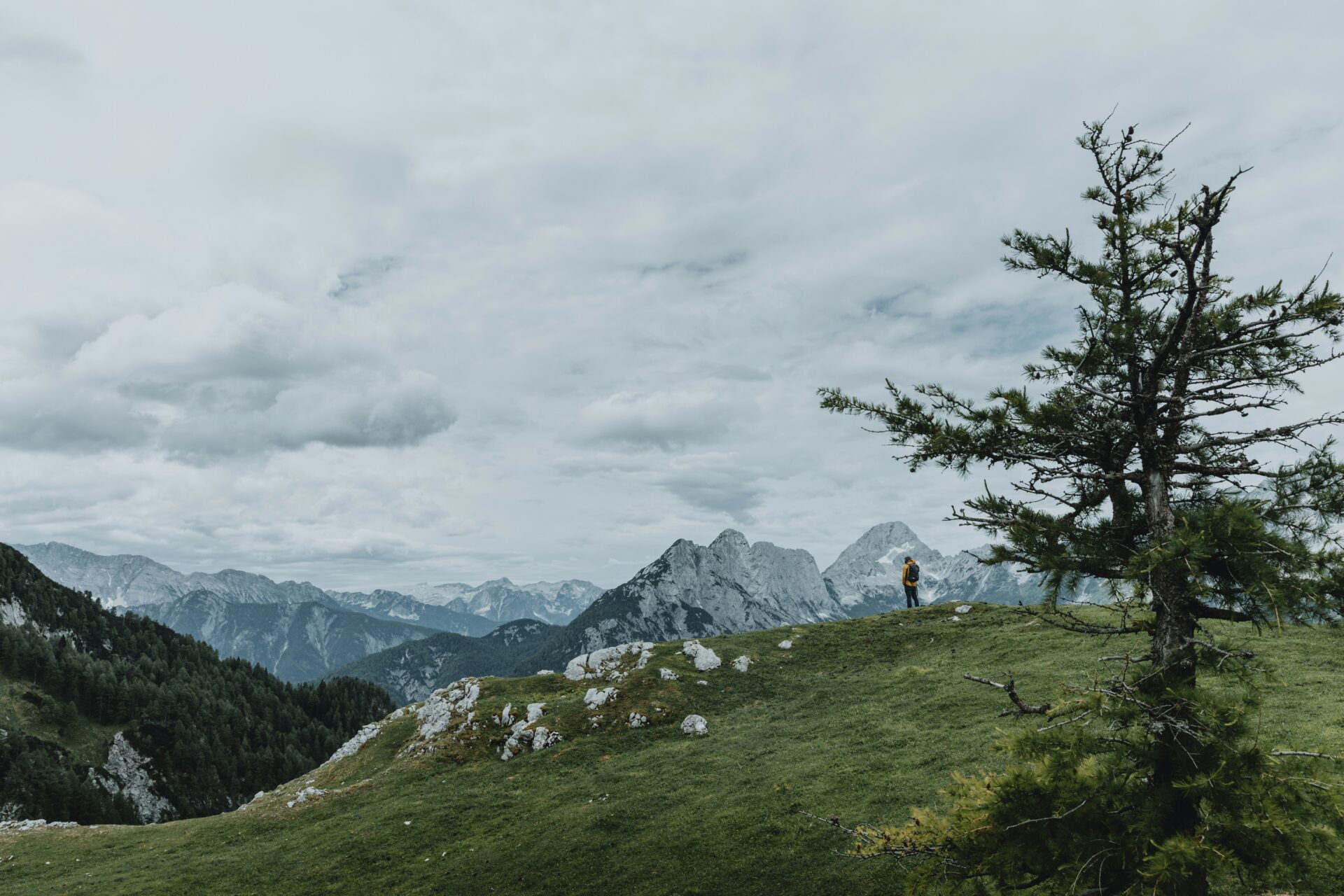
Istria to Ljubljana: Expanding the Journey Beyond the Carso
Istria’s rolling hills and medieval towns make a perfect starting point for a border-crossing adventure. From Italian Trieste, I drove just 90 minutes to reach Ljubljana, Slovenia’s charming capital.
This route takes you through the heart of the Carso region before opening up to Slovenia’s interior. Stop at the Škocjan Caves along the way – they’re less crowded than Postojna but equally impressive.
Ljubljana surprised me with its vibrant cafe culture and beautiful riverside walks. The Triple Bridge and Ljubljana Castle are must-sees that I enjoyed exploring on foot.
If you have time, visit Lake Bled northwest of Ljubljana. The island church and clifftop castle create a fairy-tale setting that’s worth the detour from the Carso.
Food lovers should try the distinct cuisines on both sides. Italian seafood gives way to Slovenian hearty stews as you travel inland.
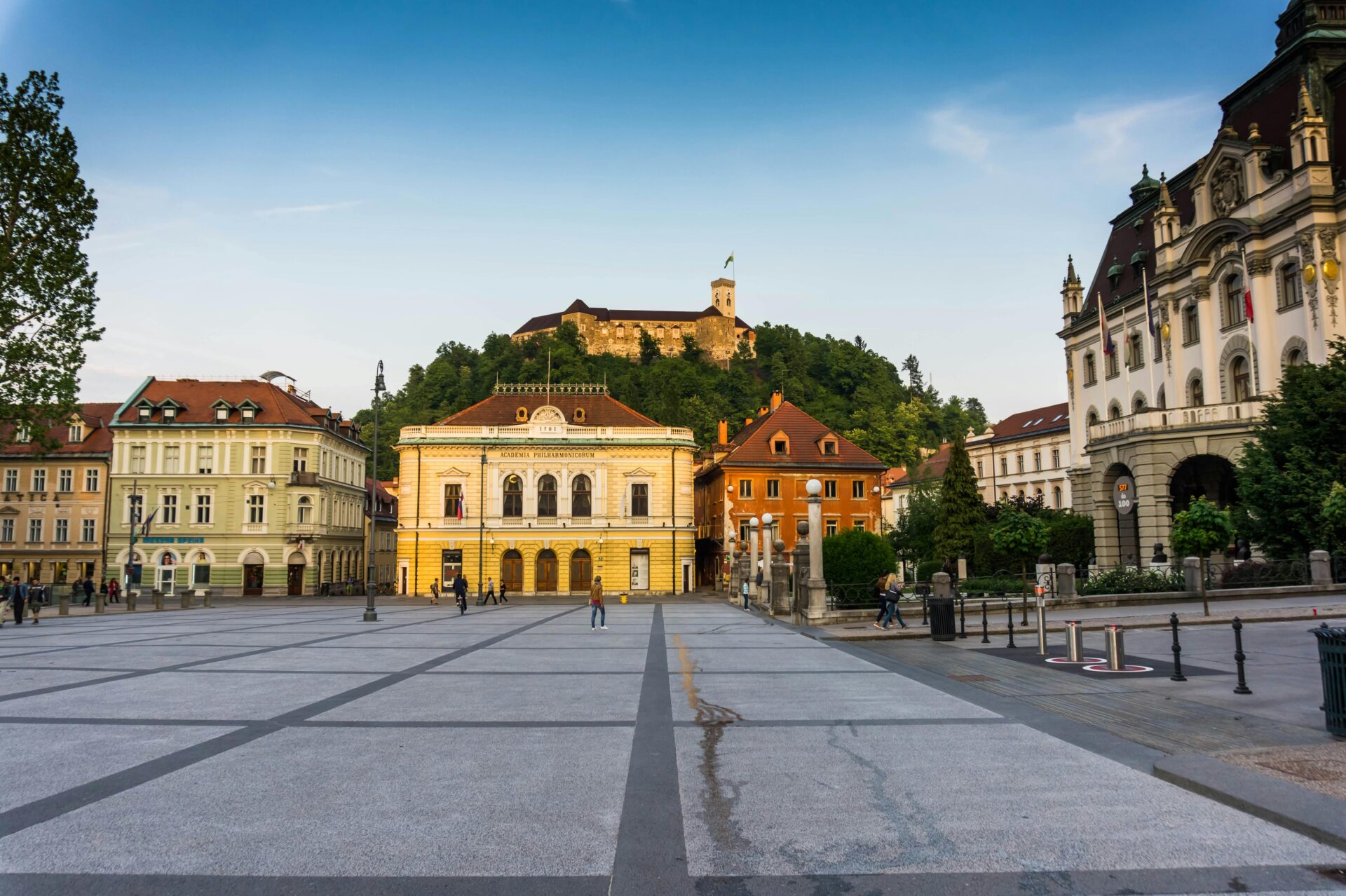
From Caves to Coastline: Experiencing the Carso’s Diversity
The Carso’s limestone landscape creates a playground of natural wonders. I spent a day exploring the underground cave systems. The Unica River disappears and reappears through the porous rock.
These caves maintain constant cool temperatures year-round, making them perfect for summer exploration when the surface heats up. Bring a light jacket even in August!
Above ground, the wildflower meadows burst with color in spring. I counted over 20 different flower species on a short walk in April.
For a complete experience, combine cave exploration with a coastal visit. After the cool darkness underground, I headed to the Adriatic shoreline. Italian and Slovenian beaches offer refreshing swims.
Nature reserves dot the region, protecting unique plant and animal species. The five natural regional reserves mentioned in the search results provide well-marked trails and information centers.

